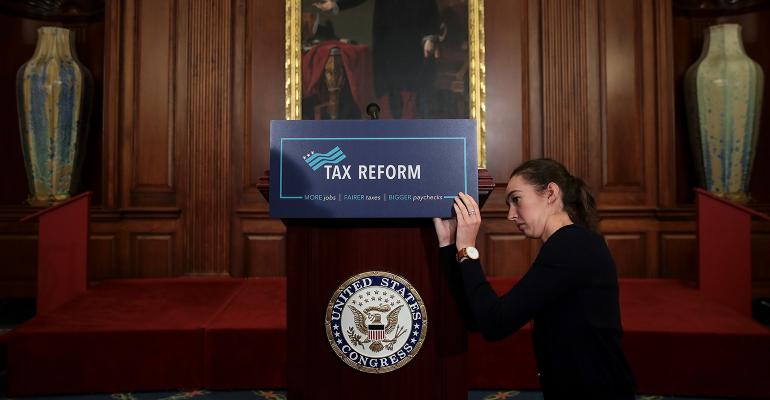Ever since the Tax Cuts and Job Act became law, individuals and their planners have had assumed that the estate, gift and generation-skipping transfer tax exemption for 2018 would be approximately $11.2 million. The approximation was necessary because the Internal Revenue Service hadn’t yet announced the exact number, which was being computed on the basis of a different inflation measure than under prior law. In Revenue Procecure 2018-18, the IRS announced that, pursuant to the newly adopted “chained CPI,” the revised exemption would be $11.18. While some might consider the difference between the approximate $11.2 and the exact $11.18 to be a rounding error for planning purposes, any individual planning to make a gift or other transfer that’s close to the valuation edge will welcome the guidance.
Publication of the revised exemption amount affords us an opportunity to remind clients that the exemption, roughly double what it was in 2017, is part and parcel of much of the Act that will sunset after 2025, bringing us back to the law (and the exemptions, as indexed) that prevailed in 2017.
Comparing Three Scenarios
But that’s not the interesting part. What’s really interesting is the impact and implications of sunsetting on wealth transfer planning. We “ran the numbers” on three scenarios, each involving a married couple using a classic ‘A/B’ marital and credit shelter trust arrangement that reduces the federal estate tax at the death of the first spouse to die to zero. We assumed the same estate in each scenario and made the same underlying assumptions about appreciation and so forth. The first scenario applies pre-tax cuts law and assumes that the first spouse to die would pass away in 2018, and the surviving spouse would pass away decades later. The second scenario applies the law under the Act, assumes that the first spouse to die does so before 2026 and, again, the surviving spouse dies many years later. The third scenario assumes the first spouse to die would pass away after 2025 and the surviving spouse many years later. In the third scenario, of course, the pre-Act exemption (as indexed) would apply.
The comparison of the three scenarios was revelatory at first, but pretty sensible on closer inspection. What we saw is that if, under the law, the first death occurs before the sunset, the estate tax at the survivor’s death is meaningfully less at the survivor’s death than if the first spouse were to die after the sunset. Indeed, the tax at the second death under the first and third scenarios is roughly the same. Actually, the tax under the new version is greater because, presumably, the lower income tax during the act's effective period allows the estate to grow a little faster than under pre-act law. The significant benefit we saw under the second scenario is largely attributable to the fact that the “B” or credit shelter trust was funded at the first death with $11.18 million (indexed), whereas the same trust under the other scenarios was funded with far less, $5.49 million, indexed. The difference in the exemption and the appreciation thereon that was captured by the “B” trust, and excluded from the surviving spouse’s estate, really made the difference!
Planning Implications
The planning implications of this fairly rudimentary comparison are significant. Because of the transitory nature of the higher exemption, individuals who care about reducing the federal tax on their estates should use their exemptions sooner rather than later. For those who like to extrapolate general rules from specific scenarios, here are some suggestions:
Any notion among individuals who no longer have taxable estates that, “the estate tax has been effectively repealed as far as we are concerned,” should be taken with a grain of salt and maybe the whole shaker. It’s very fact dependent.
Emphasis on income tax/basis planning may be misplaced depending on the size and trend of the estate. A lot of analysis and discussion will be needed here.
Life insurance, for liquidity, analyses are more complicated than at first blush unless death before sunset is assured, which, of course, could well raise other questions.
Charles Ratner is a Senior Director at RSM US LLP.

